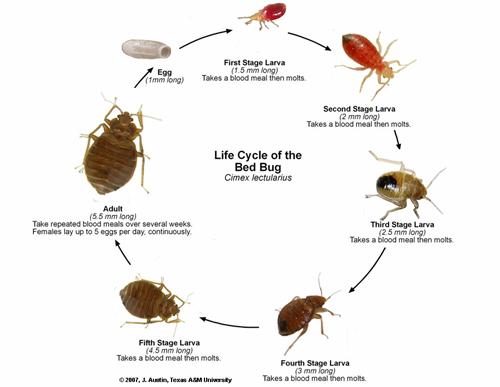
Noseeums Bug Bites: A Detailed Guide
Noseeums, also known as no-see-ums or sandflies, are tiny insects that can cause itchy, irritating bites. These bites are not only uncomfortable but can also lead to allergic reactions in some individuals. In this article, we will delve into the details of noseeums bug bites, including their appearance, behavior, symptoms, prevention, and treatment.
Appearance of Noseeums
Noseeums are small, winged insects that are typically less than 1/16th of an inch in length. They have a slender body and a distinctive humpbacked appearance. Their wings are clear and delicate, making them almost invisible to the naked eye. The color of noseeums can vary, but they are often grayish or brownish in color.

Behavior of Noseeums
Noseeums are most active during dawn and dusk, but they can also be found during the day, especially in areas with high humidity. These insects are attracted to carbon dioxide, heat, and moisture, which is why they often target humans and animals. Noseeums are known for their aggressive biting behavior, as they can bite through clothing to reach their hosts.
Symptoms of Noseeums Bug Bites
The most common symptom of noseeums bug bites is intense itching. The bites are usually painless at first, but the itching can become severe within a few hours. The bites may appear as small, red bumps on the skin, and they can be found in clusters or lines, depending on the number of bites. In some cases, the bites can become infected, leading to swelling, redness, and pain.
Some individuals may experience allergic reactions to noseeums bug bites, which can include hives, swelling, and difficulty breathing. In rare cases, severe allergic reactions can lead to anaphylaxis, a life-threatening condition that requires immediate medical attention.
Prevention of Noseeums Bug Bites
Preventing noseeums bug bites involves avoiding areas where these insects are known to thrive. Here are some tips to help you stay protected:

- Stay indoors during dawn and dusk, when noseeums are most active.
- Wear long-sleeved shirts and pants when outdoors, especially in areas known for noseeums.
- Apply insect repellent containing DEET, picaridin, or oil of lemon eucalyptus to exposed skin and clothing.
- Use screens on windows and doors to keep noseeums out of your home.
- Remove standing water from your property, as it can serve as a breeding ground for mosquitoes and other insects.
Treatment of Noseeums Bug Bites
Most noseeums bug bites can be treated at home with over-the-counter remedies. Here are some effective treatments:
- Apply a cold compress to reduce swelling and itching.
- Use antihistamines or hydrocortisone cream to relieve itching and inflammation.
- Keep the affected area clean and dry to prevent infection.
In cases of severe allergic reactions or infected bites, it is important to seek medical attention immediately.
Table: Comparison of Insect Bites
| Insect | Appearance | Behavior | Symptoms | Prevention | Treatment |
|---|---|---|---|---|---|
| Noseeums | Small, winged insects with a humpbacked appearance | Aggressive biting behavior, active during dawn and dusk | Intense itching, red bumps, allergic reactions | Avoiding areas with noseeums, wearing protective clothing, using insect repellent | Cold compress, antihistamines, hydrocortisone cream |
| Mosquitoes | Small, winged insects with a slender body | Biting behavior, active during dawn and dusk | Itching, red bumps, allergic reactions, diseases | Avoiding areas with mosquitoes, wearing
Related Poststsetse fly bite,Tsetse Fly Bite: A Detailed Look into the Pesky Insect and Its ImpactTsetse Fly Bite: A Detailed Lo… what helps with mosquito bites,Understanding the ItchUnderstanding the Itch Have yo… Like |







